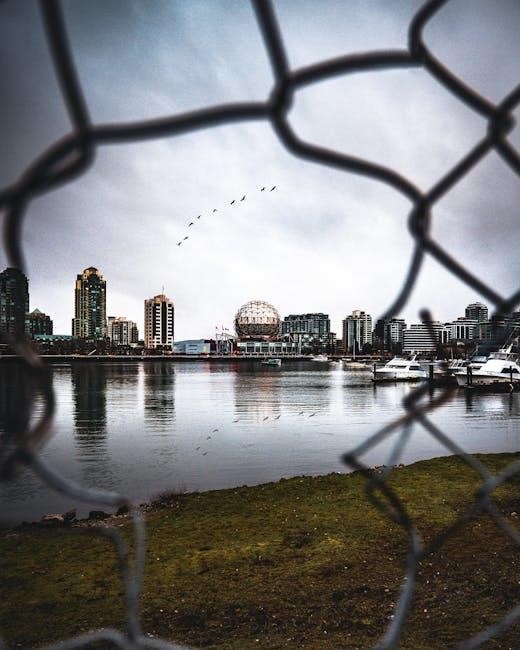
Experience world-class walleye fishing on the Columbia River with expert guides offering unparalleled expertise and access to prime fishing spots. Their knowledge ensures a memorable and productive angling adventure.
Overview of Columbia River Walleye Fishing
The Columbia River is renowned for its exceptional walleye fishing, offering year-round opportunities for anglers. Early-bird anglers often catch striped bass, while guides like Jon Conklin highlight prime spots such as Starkey Park to Beaver Dam. Spring walleye runs attract concentrated fishing efforts in deep holes, with techniques like Lindy Rigs and walking sinkers proving effective. Experienced guides provide expertise, ensuring memorable and successful fishing experiences for both novice and seasoned anglers.
Importance of Hiring a Fishing Guide
Hiring a fishing guide enhances your Columbia River walleye fishing experience by providing expert knowledge of prime locations, techniques, and gear. Guides like Travis and Captain Barry Buckland ensure safety and success, offering insights into effective methods such as Lindy Rigs and walking sinkers. Their expertise in navigating deep holes and understanding fish behavior maximizes your chances of a fruitful trip. Professional guides also emphasize safety, making them invaluable for both novice and experienced anglers seeking a memorable adventure.
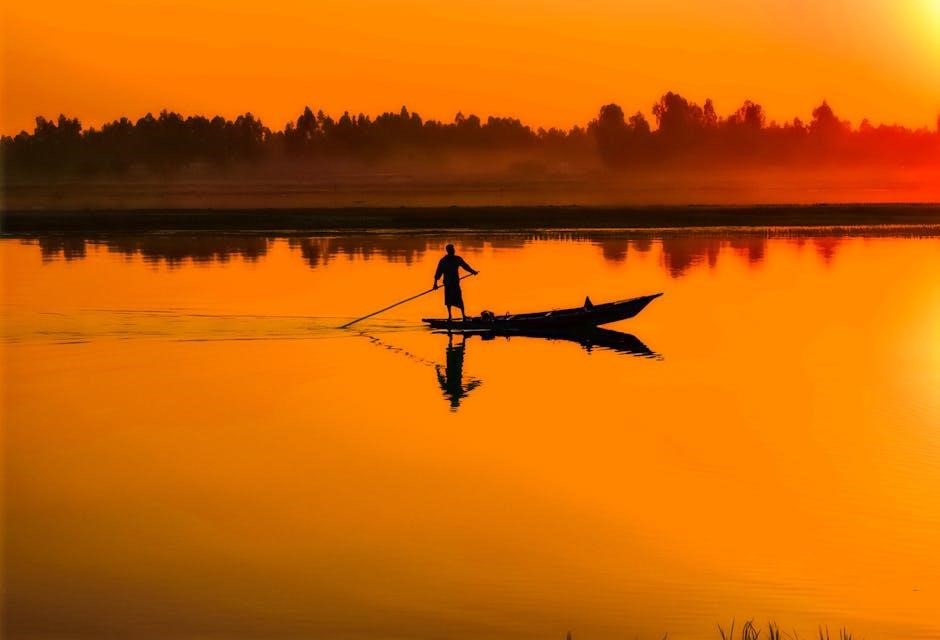
What to Expect from a Walleye Fishing Guide
A professional guide provides a well-prepared fishing experience, ensuring the right gear, bait, and tackle are ready. They handle boat setup and navigation, allowing you to focus on fishing. Guides share expert knowledge of the river, including hotspots, walleye behavior, and effective techniques. Expect a mix of instruction and hands-on fishing, ensuring a safe and organized trip; Their goal is to maximize your catch and create an enjoyable, memorable experience.
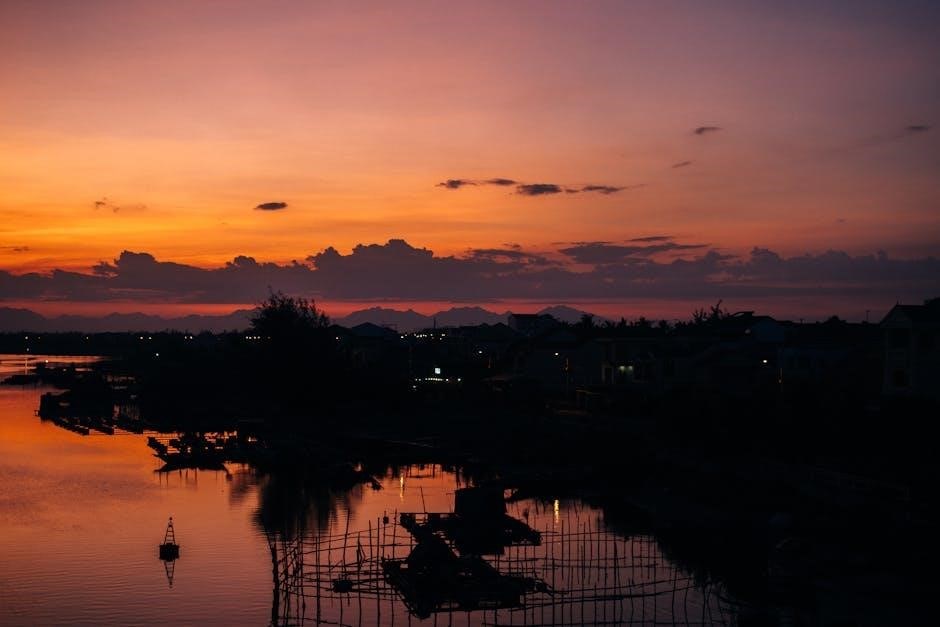
Best Columbia River Walleye Fishing Guides
Top-rated guides offer extensive local knowledge, proven techniques, and expert expertise, ensuring successful and memorable walleye fishing experiences on the Columbia River.
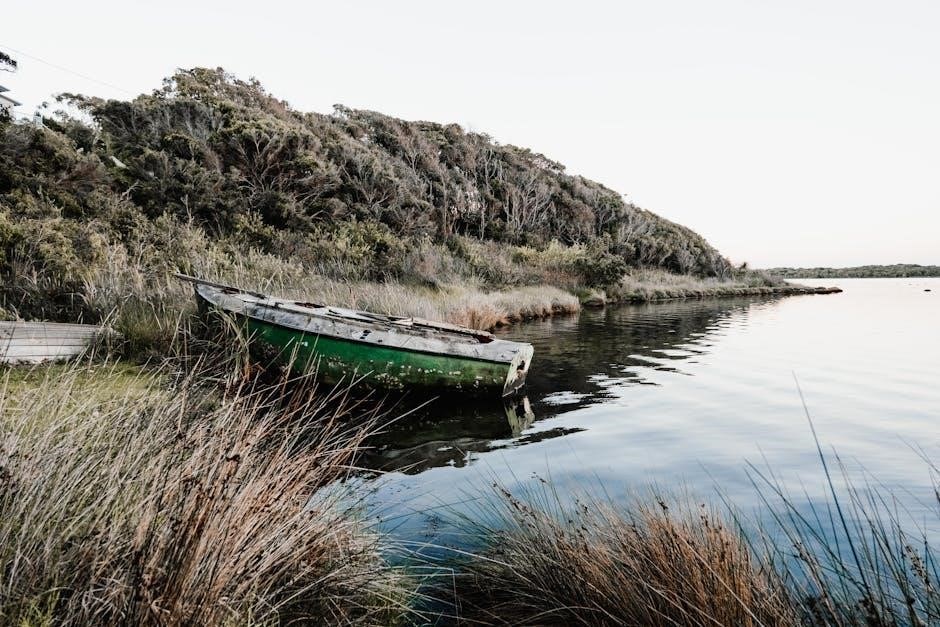
Top-Rated Guides and Their Experience
Experienced Columbia River walleye guides boast decades of expertise, offering unparalleled knowledge of prime fishing spots, seasonal patterns, and effective techniques. Many have spent their lives mastering the river’s dynamics, ensuring anglers maximize their catch. Their deep understanding of walleye behavior, combined with a passion for teaching, makes them invaluable for both novices and seasoned anglers seeking a productive and enjoyable fishing experience.
Guide Services and Their Specializations
Columbia River walleye fishing guides offer specialized services tailored to anglers’ needs. Many focus on specific techniques like jigging or trolling, while others excel in live bait presentations. Some guides specialize in targeting trophy-sized walleye, while others cater to families or beginners. Their expertise in selecting the right gear and locations ensures a productive fishing experience. These services often include customized trips, ensuring anglers of all skill levels can enjoy a successful and memorable day on the water.
Customer Reviews and Testimonials
Customers rave about Columbia River walleye fishing guides, praising their expertise and professionalism. Many testimonials highlight the guides’ ability to ensure successful trips, even for novice anglers. Positive feedback often mentions their knowledge of prime locations and effective techniques. Families and experienced anglers alike appreciate the personalized attention and adaptability to different skill levels. Consistent praise underscores the memorable experiences and impressive catch rates, making these guides highly recommended for a rewarding walleye fishing adventure.
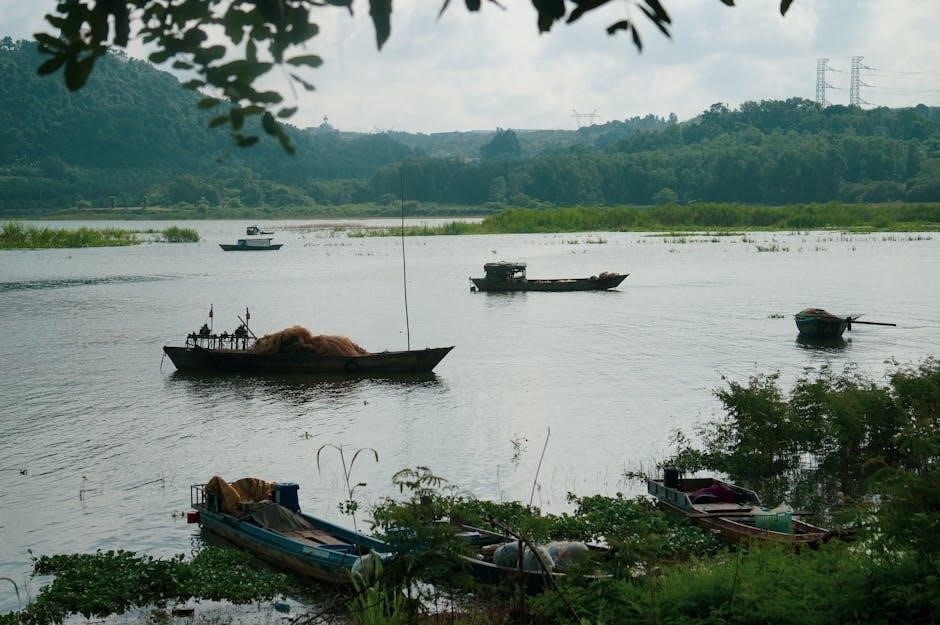
Prime Fishing Locations on the Columbia River
Exploring the Columbia River’s prime walleye spots, such as the Dalles Dam, John Day Dam, and Bonneville Dam, offers exceptional fishing opportunities. These areas’ rocky structures attract walleye year-round, making them hotspots for anglers seeking trophy catches amidst the scenic Columbia River Gorge.
Hotspots for Walleye Fishing
The Columbia River offers exceptional walleye hotspots, particularly near dams like The Dalles, John Day, and Bonneville. These areas feature rocky structures and strong currents, creating ideal habitats for walleye. The river’s deep pools and sharp drop-offs near these dams attract large concentrations of fish, making them prime locations for anglers. Guides often target these areas for consistent catches, leveraging their knowledge of walleye behavior and river dynamics to maximize fishing success.
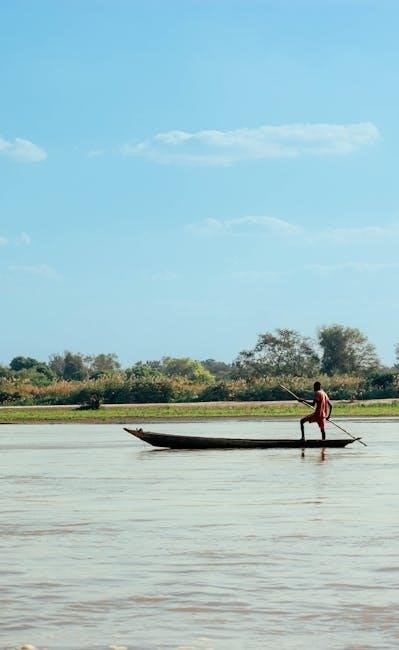
Access Points and Boat Launches
The Columbia River offers numerous well-maintained boat launches and access points, providing easy entry for anglers. Popular spots include The Dalles, John Day, and Bonneville, where ramps are conveniently located near prime fishing areas. These access points cater to various boat sizes, ensuring smooth launches for both experienced anglers and novices. Guides often utilize these launches due to their proximity to productive walleye zones, making them ideal for maximizing fishing time and success.
Deep Holes and Structured Areas
Deep holes and structured areas along the Columbia River are key habitats for walleye, especially during cooler months. Rocky drop-offs, sunken logs, and submerged boulders provide ambush points. Guides often target these zones, using precise techniques to navigate and fish effectively. Locations like The Dalles and John Day Pool are renowned for their deep structures, making them hotspots for productive walleye fishing excursions.
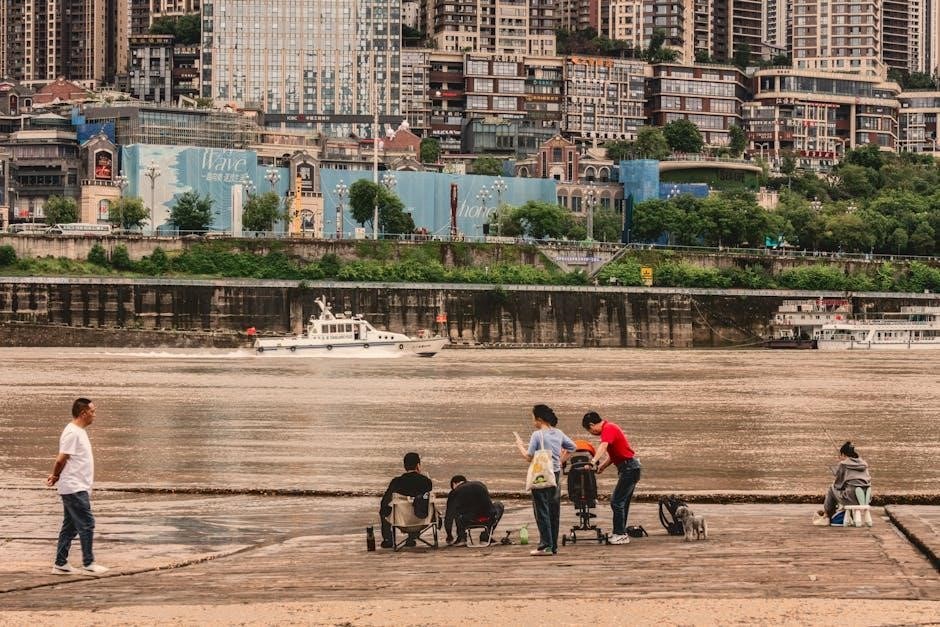
Seasonal Walleye Fishing Trends
Columbia River walleye behavior varies by season, with migration patterns and feeding habits changing throughout the year, guided by water temperature and spawning cycles.
Spring Walleye Runs and Spawning Areas
Spring marks the peak of walleye activity on the Columbia River, as fish migrate to shallow waters for spawning. Key spawning areas include rocky shorelines, sandbars, and tributary mouths. Walleye typically spawn in late March to early May, with water temperatures around 40–50°F triggering their migration. Guides often target areas near dams and islands, where structrual features concentrate fish. This season offers exceptional opportunities to catch walleye in their most active state, making it a prime time for anglers.
Summer Walleye Patterns and Techniques
During summer, Columbia River walleye seek deeper, cooler waters, often 15–30 feet deep, near structural elements like rocks or sunken logs. They become more active at dawn and dusk, feeding on baitfish and insects. Guides employ trolling with crankbaits or spinner rigs, as well as jigging, to target these areas. Night fishing can also be productive, using glow-in-the-dark lures. Summer techniques require precision and knowledge of walleye behavior, making experienced guides invaluable for success.
Autumn and Winter Walleye Fishing Opportunities
Autumn and winter offer unique walleye fishing opportunities on the Columbia River. As waters cool, walleye move to deeper pools and structured areas, feeding actively before spawning. Guides often use trolling or jigging techniques with heavy lures to reach them. Winter fishing can be productive, especially near dams or slow-moving currents. Hiring an experienced guide is crucial, as they know the best locations and methods to target walleye during these colder months, ensuring a successful and memorable trip.
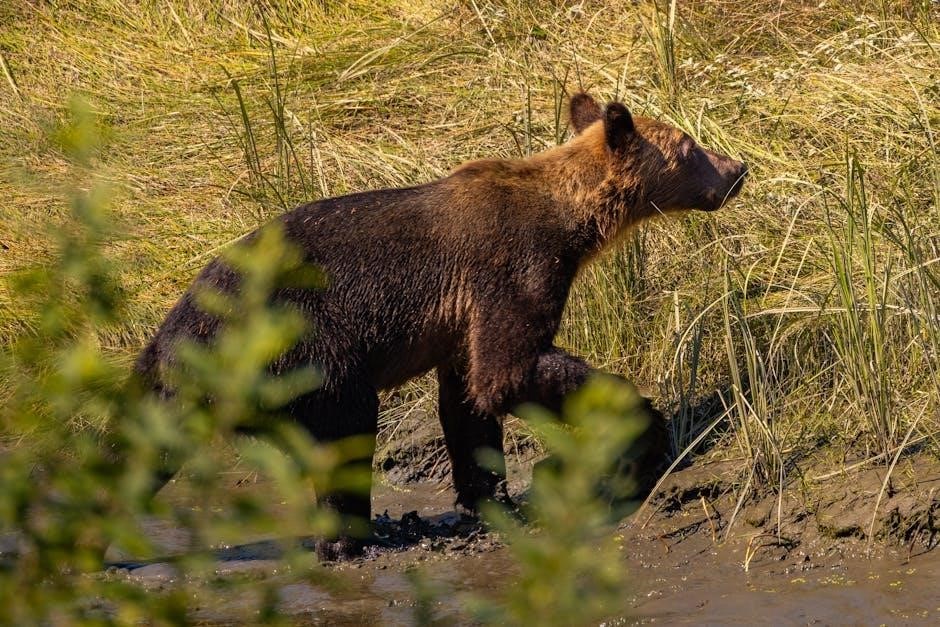
Tackle and Gear Recommendations
Medium to heavy action rods with sensitive tips, paired with high-quality reels and 10-15 lb monofilament or fluorocarbon line, are ideal for Columbia River walleye. Jigs, spinners, crankbaits, and live bait like nightcrawlers are highly effective, ensuring successful catches with proper gear setup.
Essential Gear for Walleye Fishing
For successful Columbia River walleye fishing, essential gear includes medium-light to medium-heavy action rods and reels with a good drag system. Use 10-15 lb monofilament or fluorocarbon line for strength and sensitivity. Jigs, spinners, and crankbaits are must-have lures, while live bait like nightcrawlers and minnows can be irresistible to walleye. A sturdy fishing net, tackle box, and pliers or forceps are also vital for handling and releasing fish efficiently.
Recommended Lures and Baits
For Columbia River walleye, effective lures include jigs in chartreuse or white, spinner rigs with crawler harnesses, and crankbaits mimicking baitfish. Live baits like nightcrawlers and minnows are highly productive, as walleye are drawn to their natural movement and scent. Soft plastic curly tail grubs and vibrating blade baits also work well, especially near structure or in deeper holes. These lures and baits are proven to attract walleye and increase your chances of a successful catch.
Rods, Reels, and Line Setup
For Columbia River walleye fishing, use medium to medium-heavy action rods (6-8 feet) paired with spinning or baitcasting reels. Monofilament or fluorocarbon lines in 8-12 lb test are ideal for sensitivity and strength. A fluorocarbon leader can reduce visibility in clear water. Opt for reels with smooth drag systems to handle larger fish. This setup ensures effective presentation of lures and baits while maintaining control during the fight, enhancing your chances of landing walleye successfully.
Fishing Techniques for Columbia River Walleye
Effective Columbia River walleye fishing techniques include jigging, trolling, and drifting with live bait, each tailored to target walleye in specific river conditions and depths.
Jigging and Trolling Methods
Jigging and trolling are highly effective techniques for targeting Columbia River walleye. Jigging involves using weighted lures or jigs tipped with bait, allowing anglers to target specific depths and structures. Trolling, on the other hand, employs crankbaits or spinner rigs dragged behind a moving boat, covering large areas and depths. Both methods require precise presentation and speed adjustments to mimic baitfish or prey, making them ideal for walleye in the river’s current and deep holes.
Drifting with Live Bait
Drifting with live bait is a proven method for catching Columbia River walleye. Using nightcrawlers, minnows, or leeches on bottom bouncers or split shot rigs allows anglers to present bait naturally with the current. Guides often drift through structured areas like sandbars or rocks, where walleye ambush prey. Adjusting drift speed and depth is key to success, especially during peak walleye activity periods. This technique ensures live bait mimics injured prey, enticing strikes from hungry walleye.
Using Lindy Rigs and Walking Sinkers
Lindy rigs and walking sinkers are effective tools for targeting Columbia River walleye. These setups allow precise depth control and presentation of lures or bait, especially in strong currents. Guides often use Lindy rigs with jigs or live bait to maintain bottom contact, while walking sinkers help cover structured areas. Both methods excel at imitating baitfish or injured prey, making them highly attractive to walleye in various river conditions.
Regulations and Safety Guidelines
Adhering to local fishing regulations and safety protocols is essential for a successful and responsible Columbia River walleye fishing experience, ensuring both conservation and personal well-being.
Fishing Licenses and Permits
Fishing on the Columbia River requires a valid license from either Oregon or Washington, depending on your location. Non-residents and residents alike must carry a current fishing license. Additional permits may be needed for specific fishing zones or species. Guides often help ensure compliance with these regulations, but anglers should verify requirements before their trip. Licenses can be purchased online or at local tackle shops, with proceeds supporting conservation efforts.
Bag Limits and Size Restrictions
Columbia River walleye fishing has specific bag limits and size restrictions to ensure sustainable fishing. Typically, anglers can keep 5 walleye per day, with no size restrictions in most areas. However, some zones may have minimum length requirements to protect younger fish. Always check local regulations before your trip, as rules can vary by state and river section. Guides will help ensure you stay compliant with all fishing laws.
Safety Tips for River Fishing
Always wear a properly fitted life jacket while on the water. Check weather conditions before heading out, as river currents can strengthen unexpectedly. Be aware of your surroundings, including underwater structures and deep holes. Inform someone of your fishing plans and expected return time. Stay hydrated, wear appropriate clothing, and ensure your boat is equipped with safety gear like flares and a first-aid kit. Guides often emphasize these precautions for a secure experience.
How to Choose the Right Fishing Guide
Research guides with local experience, proven success rates, and quality equipment. Check reviews, ask for referrals, and ensure they are licensed and insured for reliability and safety.
Questions to Ask Before Booking
Ask about the guide’s experience with Columbia River walleye, their success rates, and specific techniques used. Inquire about safety measures, emergency preparedness, and insurance coverage. Clarify details like start/end times, meeting locations, and what’s included in the cost. Check if they provide gear or recommend specific tackle. Understanding their approach to teaching and adapting to skill levels ensures a tailored experience for both beginners and seasoned anglers.
Checking Guide Credentials and Experience
Verify if guides hold valid fishing licenses and necessary permits for the Columbia River. Check their experience in walleye fishing, including years of guiding and familiarity with the river’s walleye behavior. Look for certifications in first aid and CPR. Research their reputation through associations or local fishing communities. Ensure they have a proven track record and knowledge of seasonal patterns and hotspots to maximize your fishing success.
Evaluating Guide Reviews and Ratings
Read reviews from multiple sources to assess a guide’s reputation and client satisfaction. Look for consistent positive feedback on communication, knowledge, and trip success. Check overall ratings and the number of reviews to ensure reliability. Pay attention to testimonials mentioning walleye fishing expertise and their ability to adapt to conditions. Recent reviews are especially valuable, as they reflect current performance and customer experience.
What to Bring on Your Guided Trip
Essentials include valid fishing license, appropriate clothing, sunscreen, sunglasses, and a cooler for your catch. Check with your guide for specific gear recommendations and items.
Essential Items for a Successful Trip
Bring food, water, and snacks for energy throughout the day. A first-aid kit, sunscreen, and insect repellent are crucial. Wear sturdy footwear and layered clothing for varying weather. Don’t forget a phone or camera for capturing memories, along with a portable charger. If required, pack additional gear like rods, tackle, or bait. A small cooler with ice can store your catch. Check with your guide for specific recommendations to ensure a well-prepared trip.
Clothing and Personal Gear
Dress in layers for unpredictable weather, including a breathable base layer, insulating mid-layer, and waterproof jacket. Sturdy footwear with good traction is essential for boat stability. Bring a hat, sunglasses, and polarized lenses for glare protection. Gloves improve grip and prevent blisters. Include sunscreen, insect repellent, and a towel for comfort. A waterproof bag or dry box will protect personal items from moisture. Ensure clothing is suitable for varying river conditions and activity levels.
Food, Water, and First Aid
Pack non-perishable snacks like energy bars, nuts, or jerky to keep energy levels up. Bring a refillable water bottle to stay hydrated throughout the trip. A small first aid kit is essential, including band-aids, antiseptic wipes, pain relievers, and any personal medications. Ensure all items are easily accessible and check expiration dates before your trip. A well-prepared kit helps address minor injuries and ensures a safe, enjoyable fishing experience on the Columbia River.
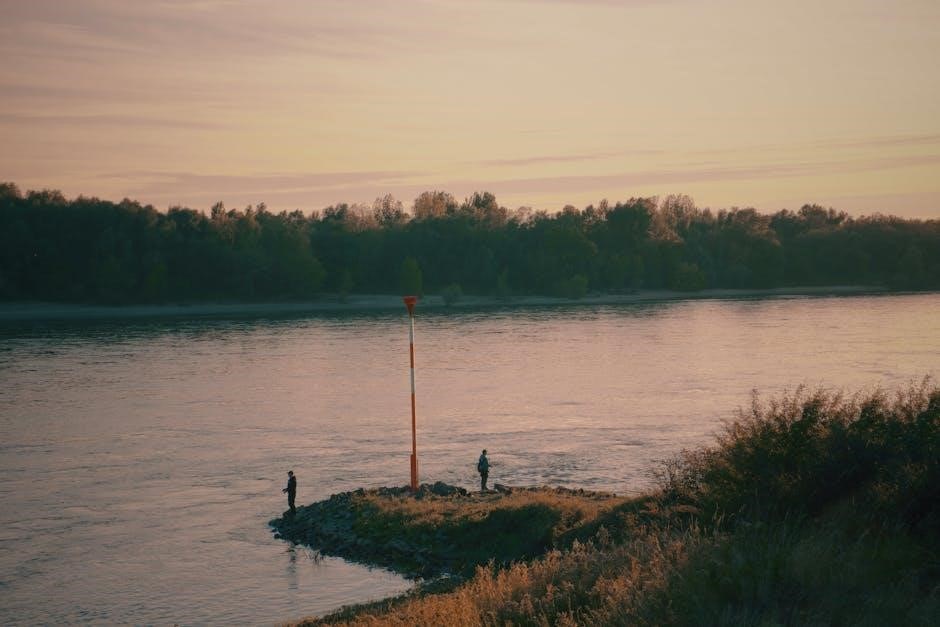
Fishing Reports and Updates
Stay informed with timely updates on Columbia River walleye fishing conditions, including recentcatch reports, water level changes, and weather impacts to plan your trip effectively.
Current Fishing Conditions
The Columbia River’s walleye fishing conditions vary seasonally, with water levels, clarity, and weather impacting fish activity. Recent reports highlight active walleye in deeper pools during cooler mornings, with improved catches near structure. Anglers should monitor water temperature and flow rates, as these factors significantly influence walleye behavior and bite patterns. Staying updated with local fishing reports ensures anglers can adapt tactics and locations for better success rates during their guided trips.
Recent Catch Reports
Anglers on the Columbia River have reported consistent walleye catches, with many landing fish in the 2- to 4-pound range. Recent reports highlight successful trips near the Dalles Dam and John Day Dam areas. Jigging with curly tail grubs and trolling with spinner rigs have been effective. Several guides noted a surge in larger walleye activity during early morning hours. Anglers are encouraged to check updated reports for the latest hotspots and techniques, ensuring a productive fishing experience with expert guides.
Weather and Water Level Updates
Current weather on the Columbia River includes mild temperatures with occasional rain showers, creating ideal conditions for walleye fishing. Water levels remain stable, with flows around 60,000-80,000 CFS near major dams; Clear water visibility has improved, enhancing jigging and trolling effectiveness. Anglers should monitor updates from the USGS for real-time water level data, as fluctuations can impact fishing success. Guides often adjust strategies based on these conditions to maximize catch rates for their clients.
Safety and Conservation Efforts
Columbia River walleye fishing guides emphasize safe practices to protect both anglers and the environment. Conservation efforts focus on sustainable fishing methods and habitat preservation to ensure healthy walleye populations for future generations.
Safe Fishing Practices
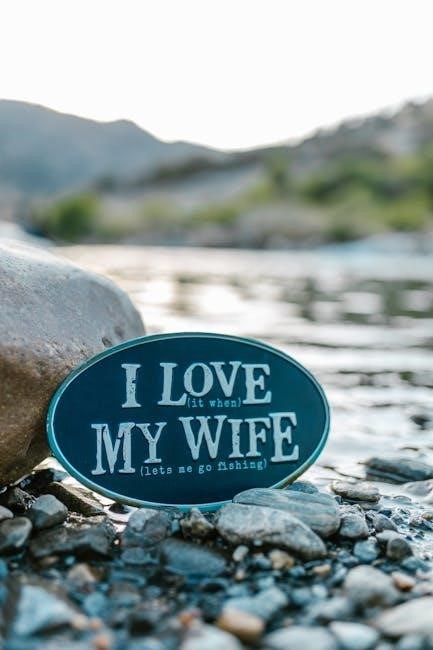
Columbia River walleye fishing guides prioritize safety, ensuring anglers use properly maintained gear and follow river-specific protocols. Life jackets, first aid kits, and emergency communication devices are always on board. Guides emphasize understanding water conditions, such as currents and weather changes, to prevent accidents. They also teach clients how to handle fish gently to avoid injury and promote catch-and-release practices to conserve the walleye population.
Conservation Measures for Walleye
Columbia River walleye fishing guides support conservation by promoting catch-and-release fishing and adhering to size restrictions. They encourage anglers to handle fish gently and avoid overfishing spawning areas. Guides also advocate for sustainable practices, such as using non-invasive gear and respecting closed seasons. These efforts help protect walleye populations and maintain the ecological balance of the river, ensuring future generations can enjoy this prized sport fish.
Guides’ Role in Sustainable Fishing
Columbia River walleye fishing guides play a crucial role in promoting sustainable fishing practices. They educate anglers on catch-and-release techniques, ensuring minimal impact on walleye populations. Guides adhere to local regulations, such as bag limits and size restrictions, to maintain a healthy fishery. By using non-invasive gear and avoiding sensitive habitats, they help preserve the river’s ecosystem. Their efforts foster responsible angling and protect the Columbia River’s walleye for future generations.
Columbia River walleye fishing guides offer unparalleled expertise, ensuring memorable and successful fishing experiences. Their knowledge and dedication make the Columbia River a premier walleye fishing destination.
Final Thoughts on Columbia River Walleye Fishing
Columbia River walleye fishing is a thrilling experience, with expert guides providing invaluable insights and techniques. The river’s diverse fishing spots and abundant walleye population make it a top destination. By choosing a knowledgeable guide, anglers can maximize their catch and enjoy a memorable adventure. Whether you’re a seasoned angler or a beginner, the Columbia River promises an unforgettable walleye fishing experience with the right guidance and preparation.
Encouragement to Book a Guide
Booking a Columbia River walleye fishing guide ensures a tailored and productive experience. Their expertise in hotspots, techniques, and gear maximizes your chances of a successful catch. Guides also handle logistics, allowing you to focus on fishing and enjoying the scenic beauty of the river. Whether you’re seeking trophy fish or a family adventure, hiring a guide enhances your trip and creates lasting memories.